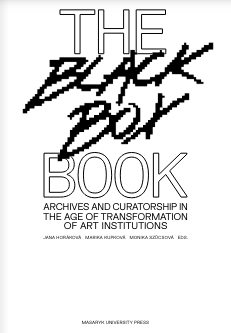On computer creativity. Machine learning and the arts of artificial intelligences
On computer creativity. Machine learning and the arts of artificial intelligences
Author(s): Andreas Sudmann
Subject(s): ICT Information and Communications Technologies, Sociology of Art
Published by: Masarykova univerzita nakladatelství
Keywords: art; curatorship; computer; creativity; ICT; AI;
Summary/Abstract: In the debates on artificial intelligence (AI), one objection against attributing creativity to computers has been raised regularly for decades. It is based on the claim that they can only execute what has been designed and programmed by humans. However, already the General Problem Solver, developed by Allen Newell, John C. Shaw, and Herbert A. Simon, in the second half of the 1950s did not define every state of its system a priori, but linked the occurrence of rules to the conditions of their applicability (Newell et al., 1959). So-called machine learning methods, however, go a considerable step further in this respect. Their central characteristic is that they enable computers to master different tasks (automatically) without in principle being explicitly programmed to do so (Samuel, 1959). Among the existing approaches to machine learning, artificial neural networks (ANNs) have given the research field of AI a new upswing after many years of stagnation. Whenever innovations in AI have been discussed in the last ten years or so, whether with reference to self-driving cars, to the prediction of stock market prices or to the field of medical diagnostics, ANNs were always involved (Sudmann, 2018).
Book: The Black Box Book: Archives and Curatorship in the Age of Transformation of Art Institutions
- Page Range: 264-280
- Page Count: 17
- Publication Year: 2022
- Language: English
- Content File-PDF

